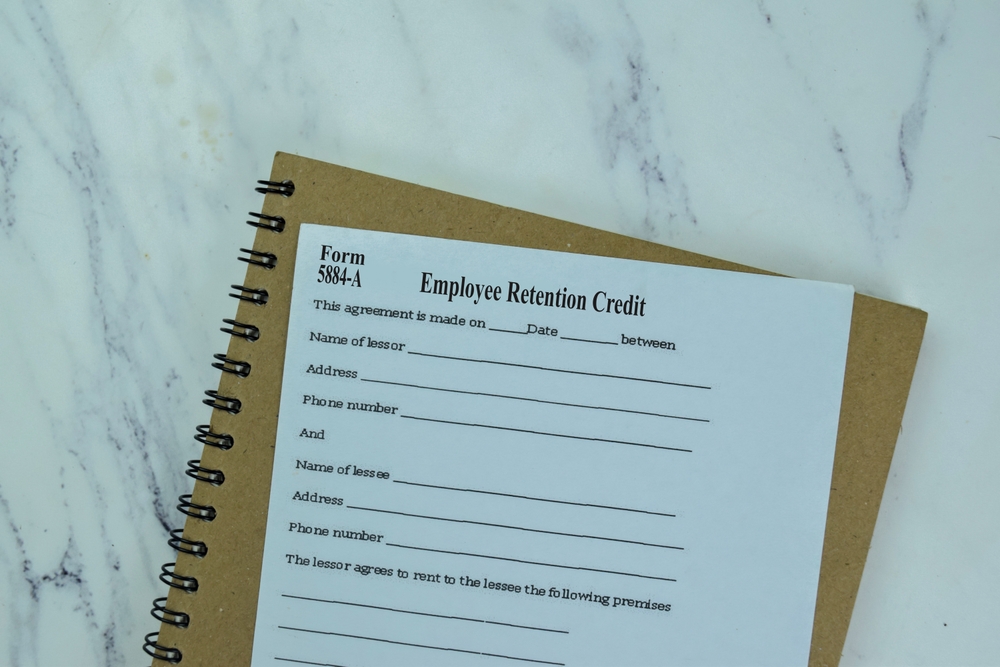Numerous businesses faced financial losses due to the COVID-19 pandemic but made the decision to retain their employees. In order to support small and medium-sized companies, the government provided the Employee Retention Credit as a means to assist them in surviving.
Have you missed the opportunity to claim your reimbursement? Continue reading to learn more. Opt for Bottom Line Concepts to ensure a smooth and efficient process for filing your ERC application!
>> Start Using Bottom Line Concepts >>
Employee Retention Credit Explained
When the COVID-19 pandemic swept across the United States, state governments took the necessary step of closing businesses to protect public health. This left employers unsure of how to handle their employees.
In a gesture of goodwill, many compassionate individuals kept their staff on the payroll, both to support their employees’ financial well-being and in the hope that the shutdown would be short-lived. However, some companies continued to face challenges well into 2021.
To aid small and medium businesses during these difficult times, the government introduced the Employee Retention Credit (ERC).
This credit allowed business owners to recover payroll costs incurred during periods of reduced activity. Eligible businesses could apply for the credit starting from 2020 until the following autumn.
>> Get Started With Bottom Line Concepts >>
What Are the Eligibility Requirements for ERC?
In order to be eligible for the Employee Retention Credit, your company must have encountered at least one of the following circumstances:
- Your business faced a complete or partial shutdown due to a government directive in your state, likely in response to the COVID-19 outbreak.
- Your company experienced a definite decrease in total sales.
The government’s regulations regarding a decrease in gross receipts differed between 2020 and 2021.
In 2020, businesses were required to experience a minimum of a 50% decline in gross receipts compared to the same period in 2019. This eligibility criteria applied only to companies with 100 or fewer full-time employees.
In 2021, businesses only needed a 20% decrease in gross receipts to meet the qualification. Additionally, the government extended the participation eligibility to organizations with up to 500 full-time employees.
>> Get Started With Bottom Line Concepts >>
What is the Deadline for the Employee Retention Credit?
The Employee Retention Credit program is coming to a close, but there’s still an opportunity for your business to apply for funds. However, it’s important to be aware of two deadlines.
If you need to make any changes to your 2020 filing, make sure to do so by April 15, 2024. Similarly, if there are any modifications to be made to your 2021 payroll tax forms, they must be submitted by April 15, 2025 at the latest.
How to Apply for Employee Retention Credit
The Employee Retention Credit is derived from the payroll taxes you have already submitted for both 2020 and 2021. To receive a reimbursement for the funds owed through this program, you must file an amendment to the payroll forms.
For this purpose, the IRS utilizes Form 941-X. You will need to file one form for each quarter in which you’re requesting funds.
You can use a single form for the year 2020, but for the first three quarters of 2021, you will need to submit a separate Form 941-X for each quarter, provided you meet the eligibility criteria.
Bottom Line on What is the Deadline for the Employee Retention Credit
While the Employee Retention Credit program has ended, there’s still an opportunity for your business to claim a refund. To do so, you need to carefully complete Form 941-X for each quarter you’re requesting credit from.
Although the IRS processes these forms as efficiently as possible, many businesses are experiencing delays of six months to a year before receiving their check.
To expedite the process, consider using an ERC filing service like Bottom Line Concepts. They can help you navigate the complex procedure and ensure that your form reaches the IRS more quickly.
By using such a service, you can also reduce the likelihood of errors that could cause further delays or result in no payment at all.
 Sections of this topic
Sections of this topic
















